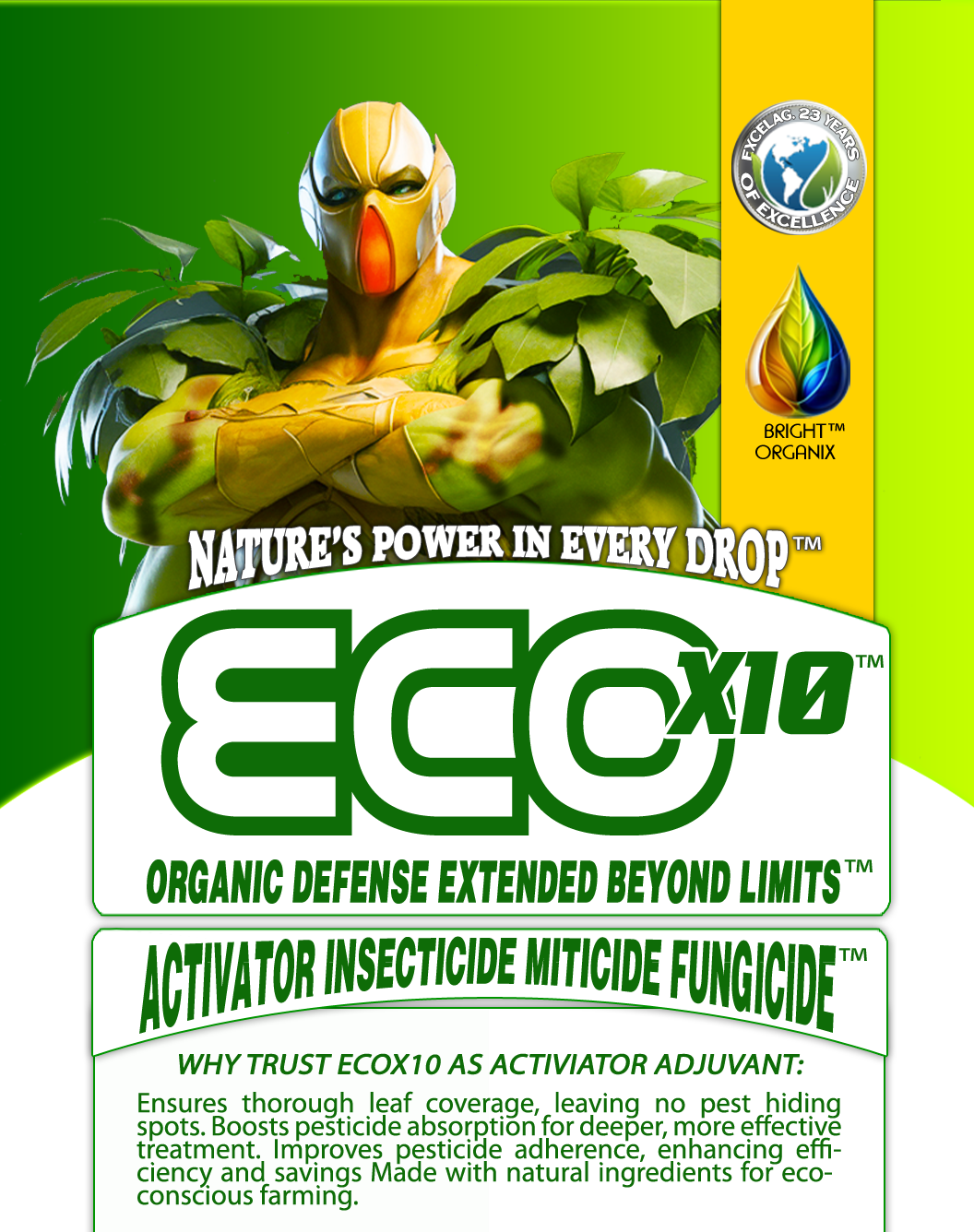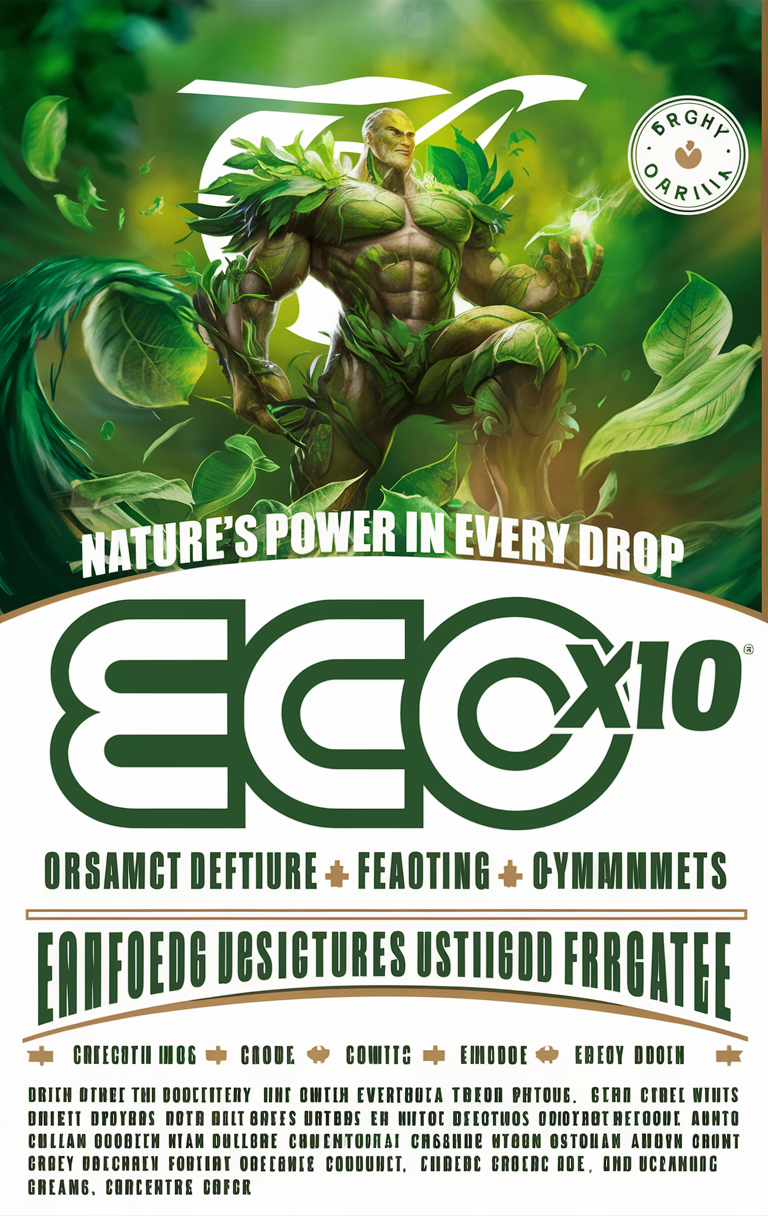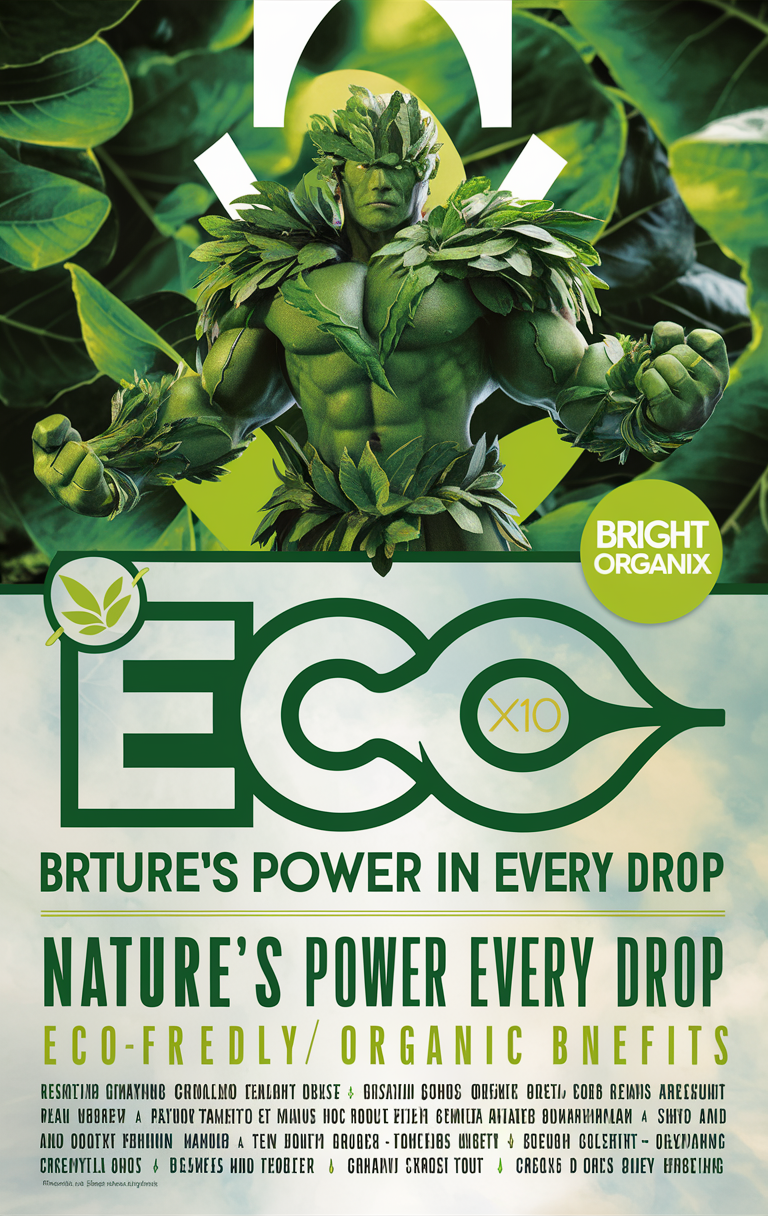Mites
BIO-GENESIS™️
**Mites** can be classified as pests, though some species of mites are beneficial. Here is detailed information about them:
– **Category**: Pest (with some beneficial species)
– **Description**: Mites are tiny arthropods belonging to the subclass Acari. They are closely related to ticks and can be found in a variety of environments, including soil, water, plants, and animals. Mites are diverse, with thousands of species, and they range from beneficial predatory mites that control other pest populations to harmful species that infest plants, animals, and humans.
### Harmful Mites (Pests):
1. **Spider Mites**:
– **Description**: Spider mites (family Tetranychidae) are common plant pests that cause significant damage to crops, ornamentals, and houseplants. They are tiny, often less than 1 mm, and can be red, yellow, or green.
– **Impact**: Spider mites feed on plant sap, causing stippling, yellowing, and browning of leaves. Severe infestations can lead to leaf drop and plant death.
– **Control Methods**:
– **Biological Control**: Introducing predatory mites (e.g., Phytoseiulus persimilis).
– **Chemical Control**: Applying miticides or insecticidal soaps.
– **Cultural Practices**: Increasing humidity and regular monitoring.
2. **Dust Mites**:
– **Description**: Dust mites (family Pyroglyphidae) are common in indoor environments, feeding on dead skin cells shed by humans and pets. They thrive in warm, humid conditions.
– **Impact**: Dust mites are a major cause of allergies and asthma in humans. Their feces and body fragments can trigger allergic reactions.
– **Control Methods**:
– **Environmental Control**: Reducing humidity, using allergen-proof bedding, and regular cleaning.
– **Chemical Control**: Using acaricides and anti-allergen sprays.
3. **Scabies Mites**:
– **Description**: Scabies mites (Sarcoptes scabiei) burrow into the skin of humans and animals, causing intense itching and rash.
– **Impact**: Infestation leads to scabies, a contagious skin condition.
– **Control Methods**:
– **Medical Treatment**: Prescription creams and lotions containing permethrin or ivermectin.
– **Environmental Control**: Washing bedding and clothing in hot water.
4. **Varroa Mites**:
– **Description**: Varroa destructor is a significant pest of honey bees, attaching to both adult bees and brood.
– **Impact**: They weaken bees by feeding on their bodily fluids and can transmit viral diseases, leading to colony collapse.
– **Control Methods**:
– **Chemical Control**: Miticides in beekeeping.
– **Mechanical Control**: Screened bottom boards and drone brood removal.
### Beneficial Mites:
1. **Predatory Mites**:
– **Description**: These mites (e.g., Phytoseiulus persimilis, Amblyseius swirskii) feed on other harmful mites and small insects.
– **Impact**: They are used in integrated pest management (IPM) to naturally control pest populations.
– **Control Methods**: Introduced as biological control agents in agricultural and horticultural settings.
In summary, mites can be classified as pests, particularly those that harm plants, animals, and humans, such as spider mites, dust mites, scabies mites, and varroa mites. However, there are also beneficial mites that play an important role in controlling pest populations naturally. Effective management depends on identifying the specific type of mite and applying appropriate control measures.
-
Activator Insecticide Miticide Fungicide is used to improve the performance and coverage of other pest control products.
Benefit: Increases the efficacy of pest control measures, ensuring thorough protection against insects
EcoX10™ Organic activator adjuvants play a crucial role in agriculture and gardening by collaborating with organic pesticides or treatments to maximize their effectiveness. Unlike primary active ingredients in pesticides that directly combat pests, activator adjuvants work by amplifying the properties of the pesticide they’re combined with. Here’s a breakdown of how they operate:
- 1. Ensures thorough leaf coverage, leaving no pest hiding spots.
- 2. Boosts pesticide absorption for deeper, more effective treatment.
- 3. Improves pesticide adherence, enhancing efficiency and savings.
- 4. Made with natural ingredients for eco-conscious farming.





